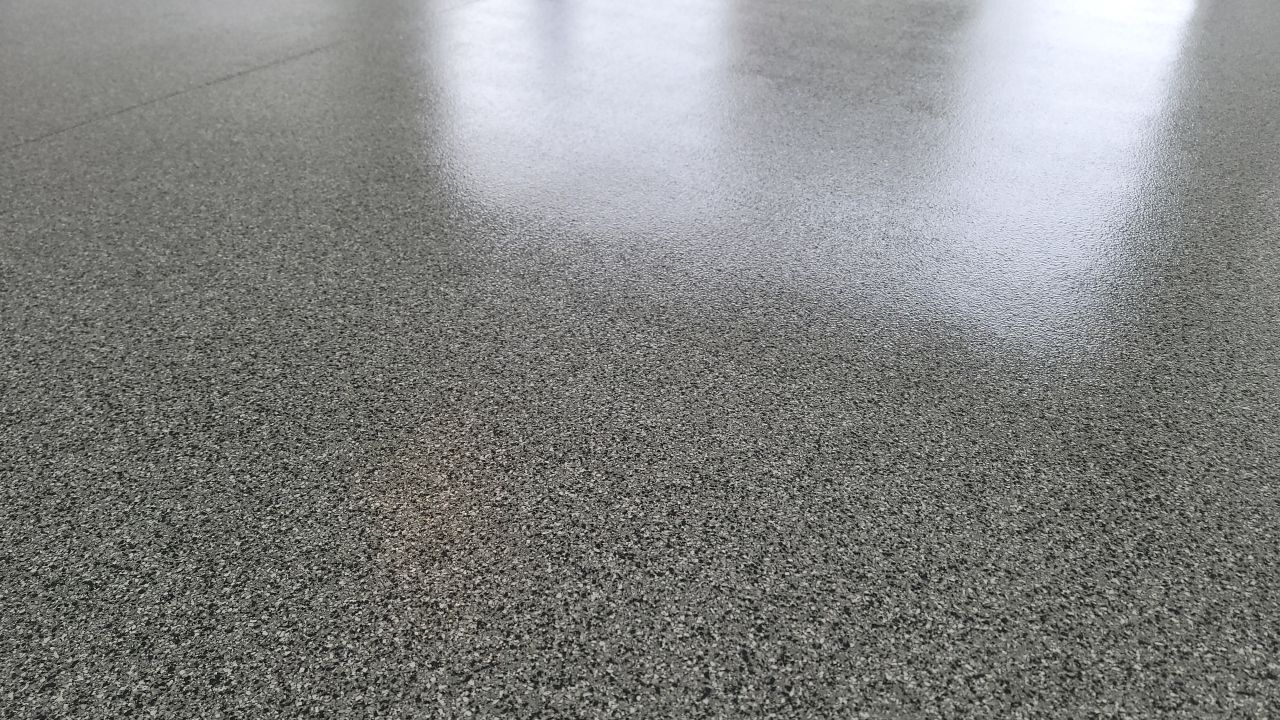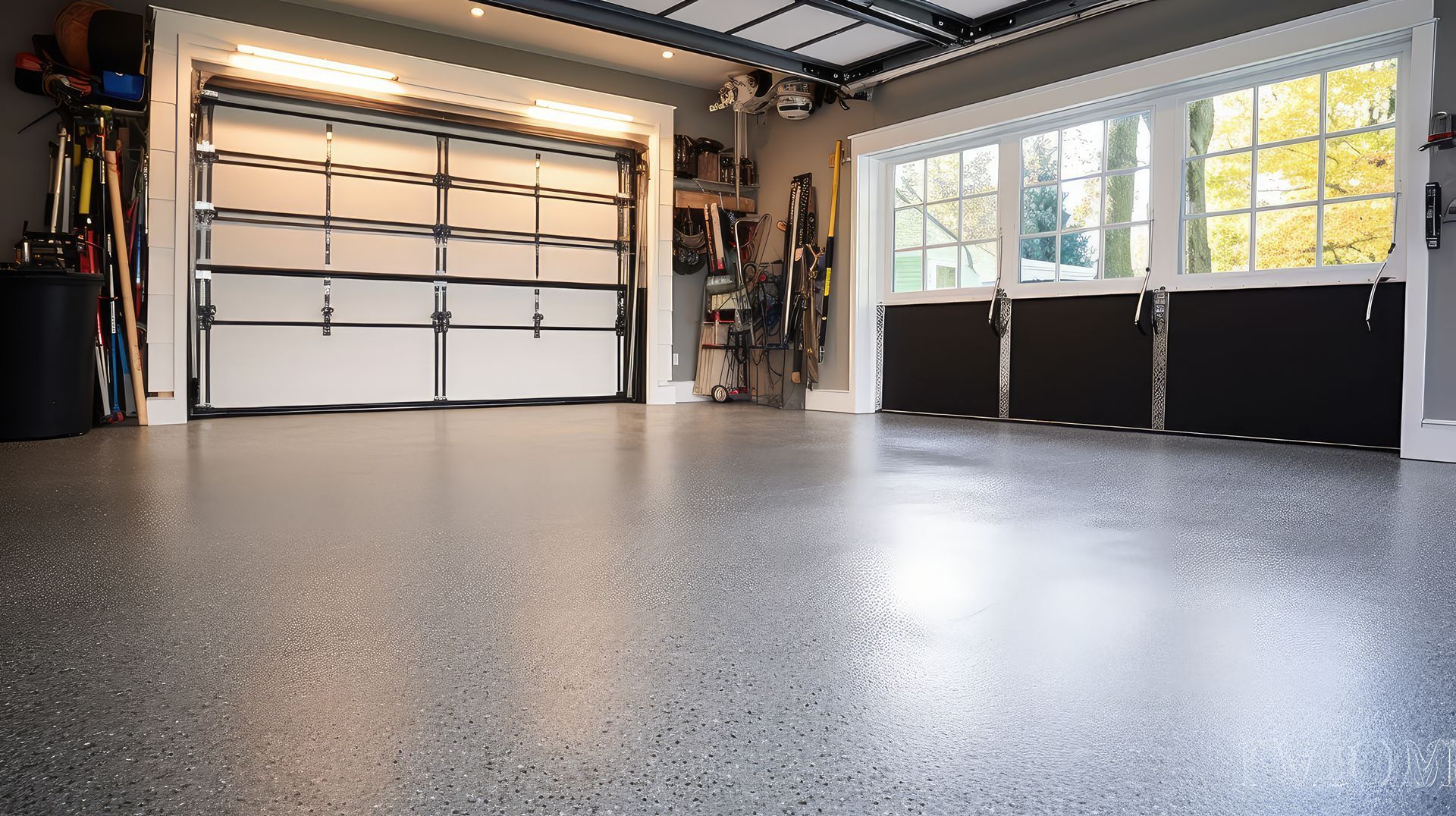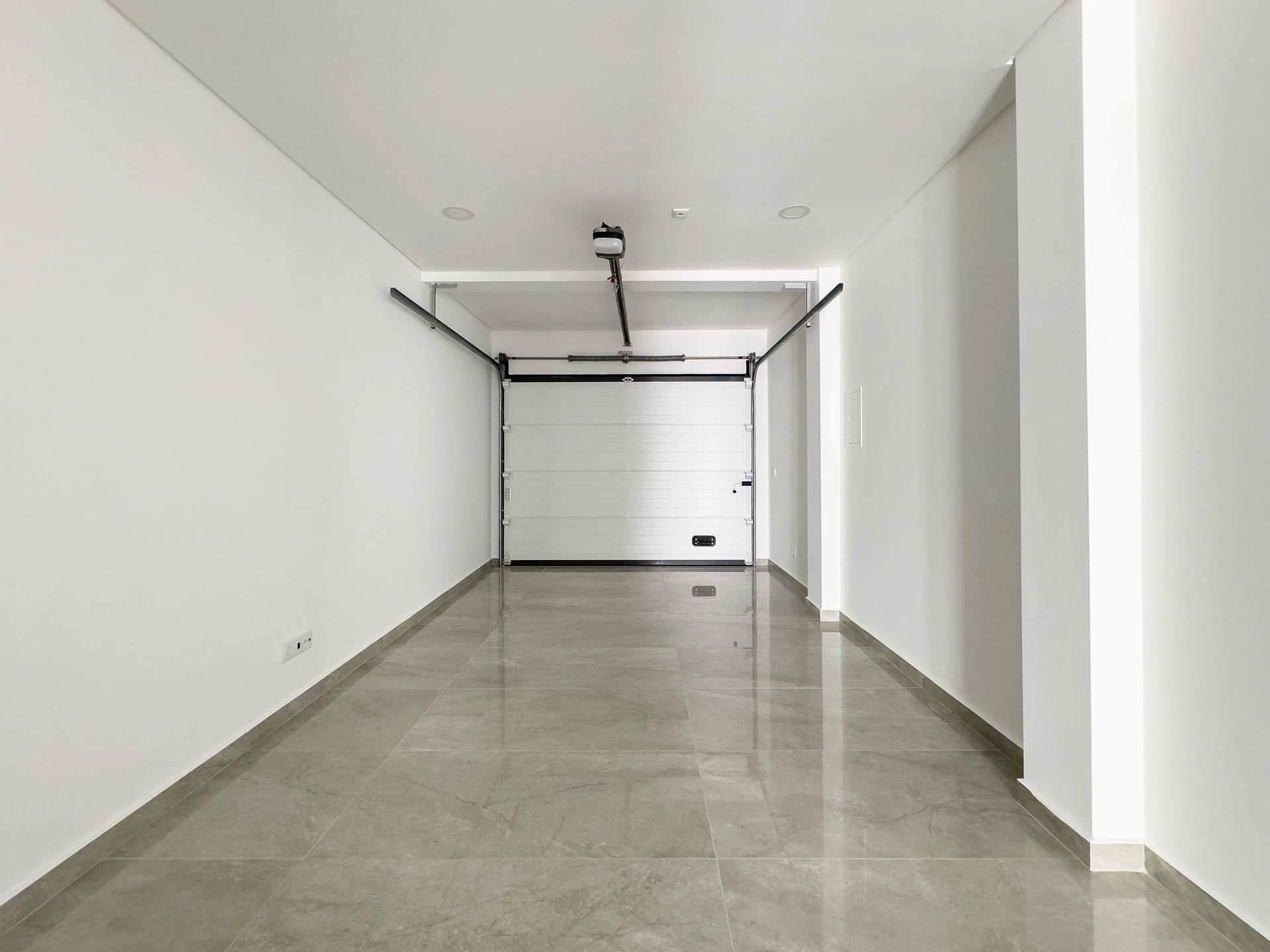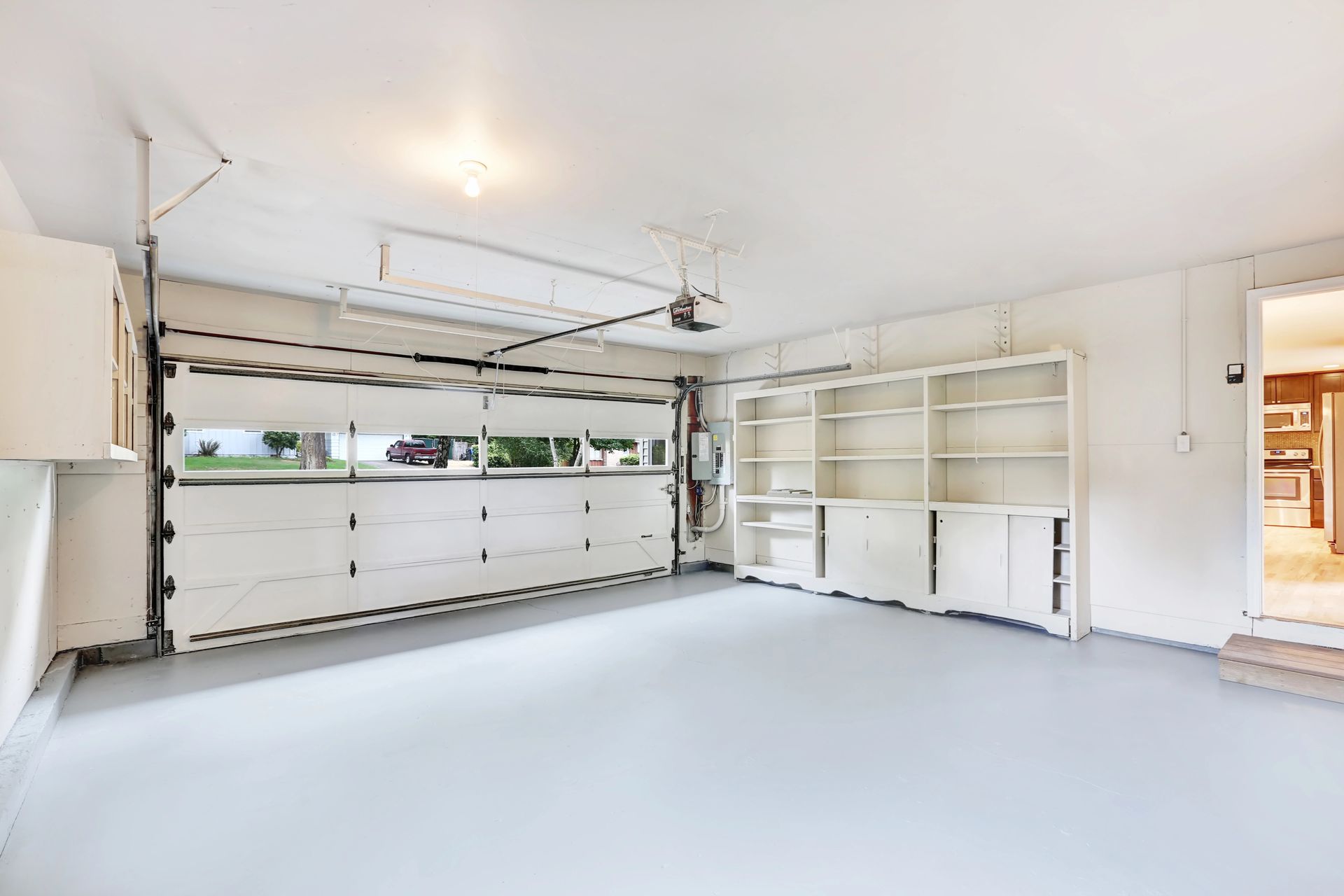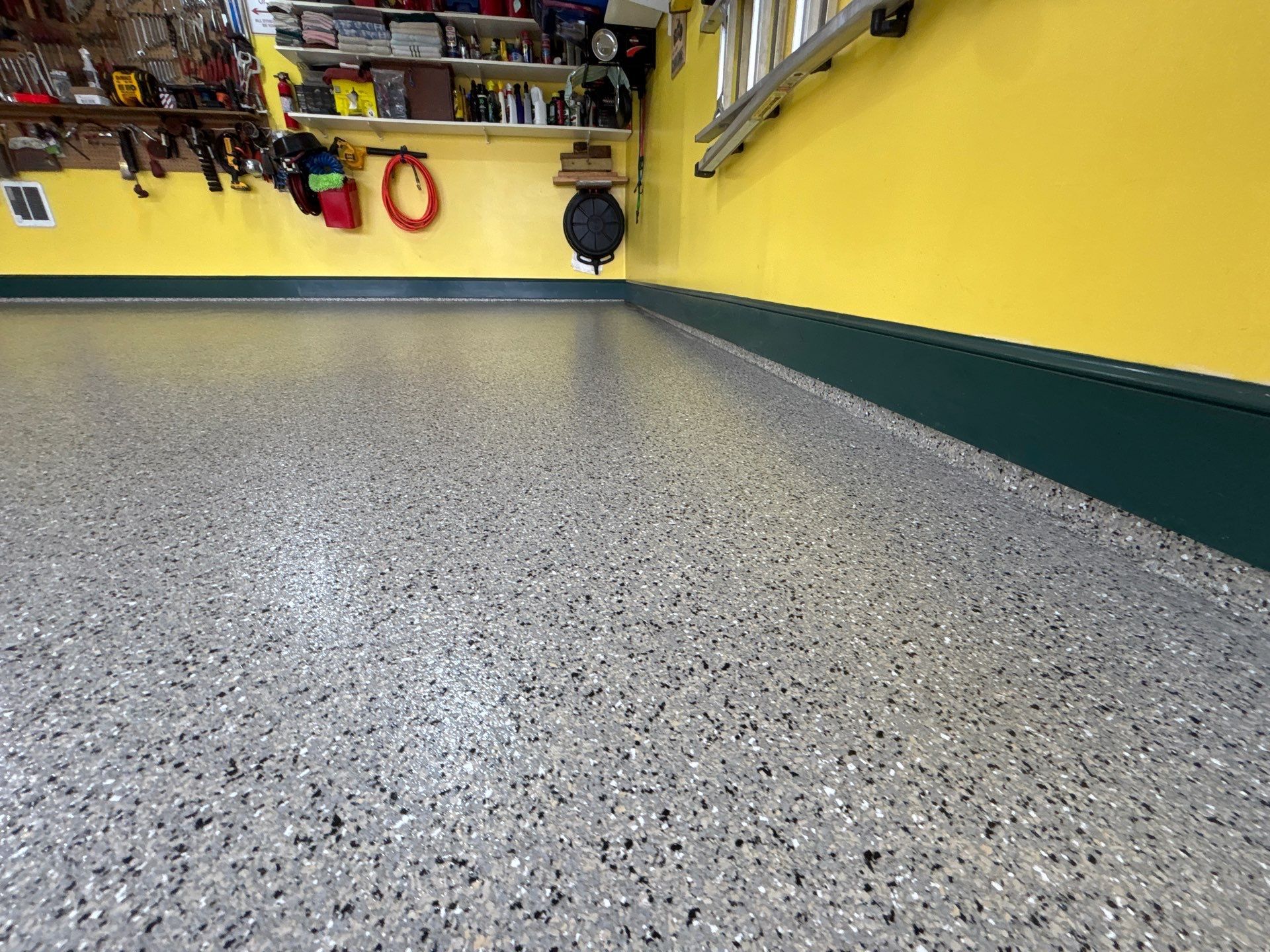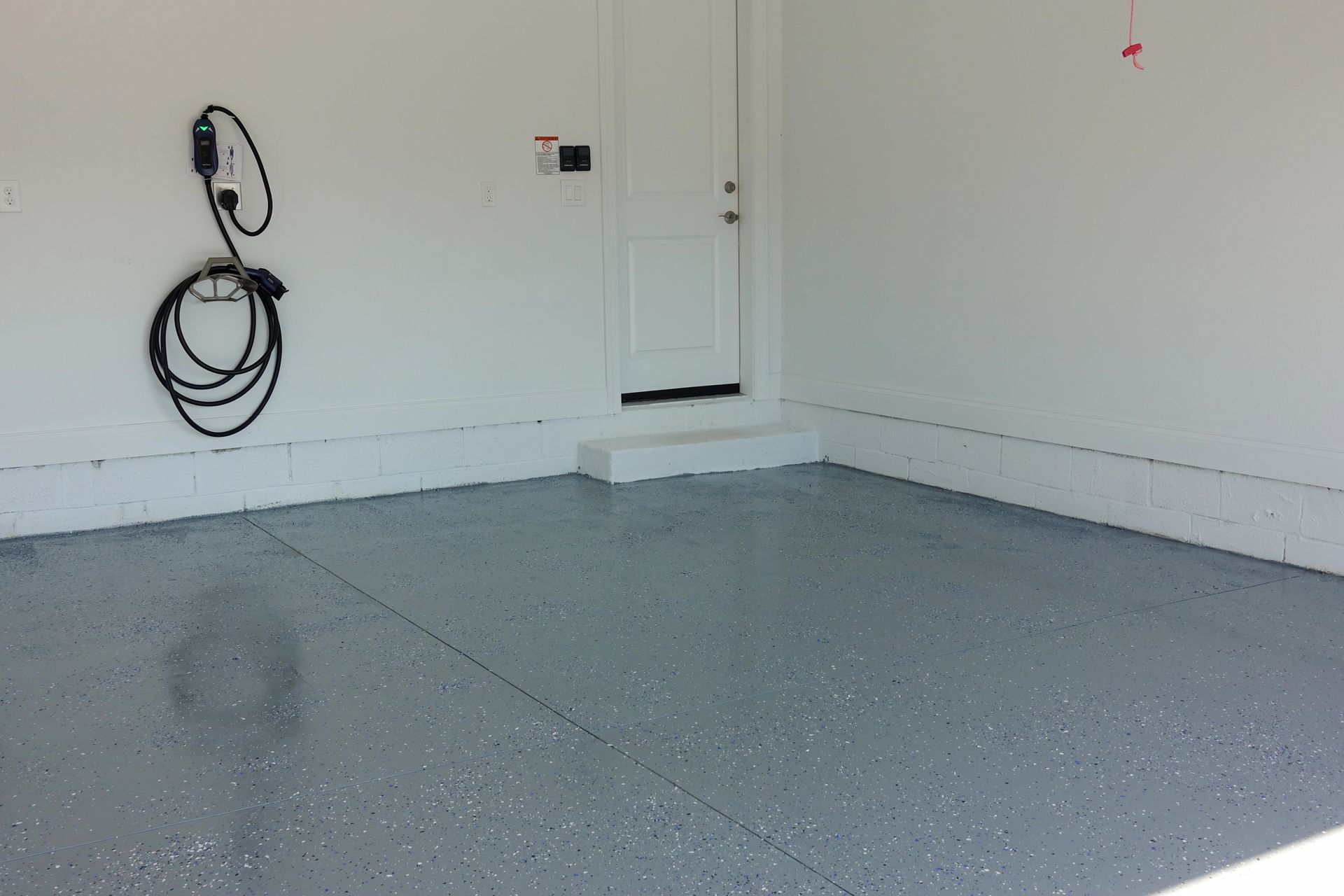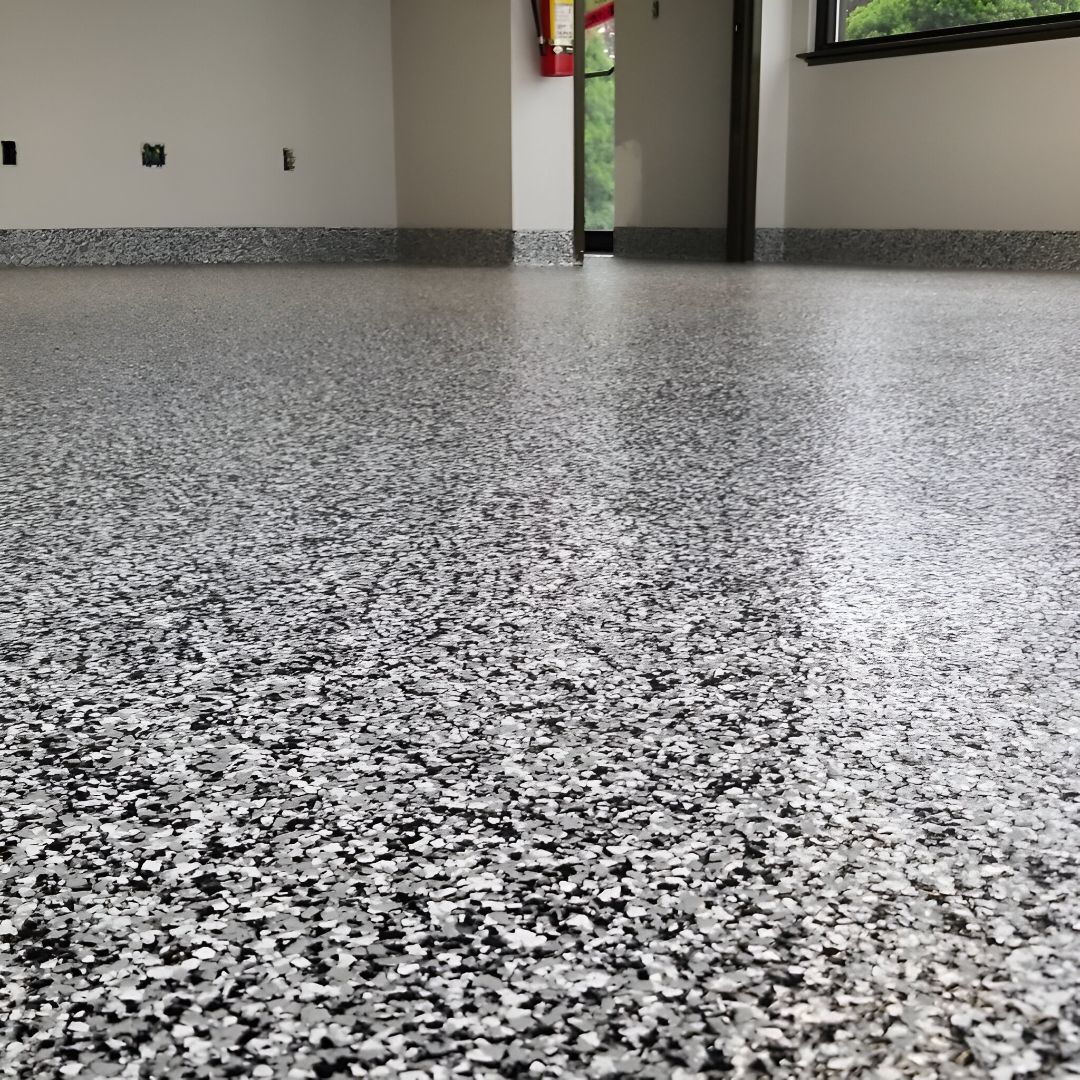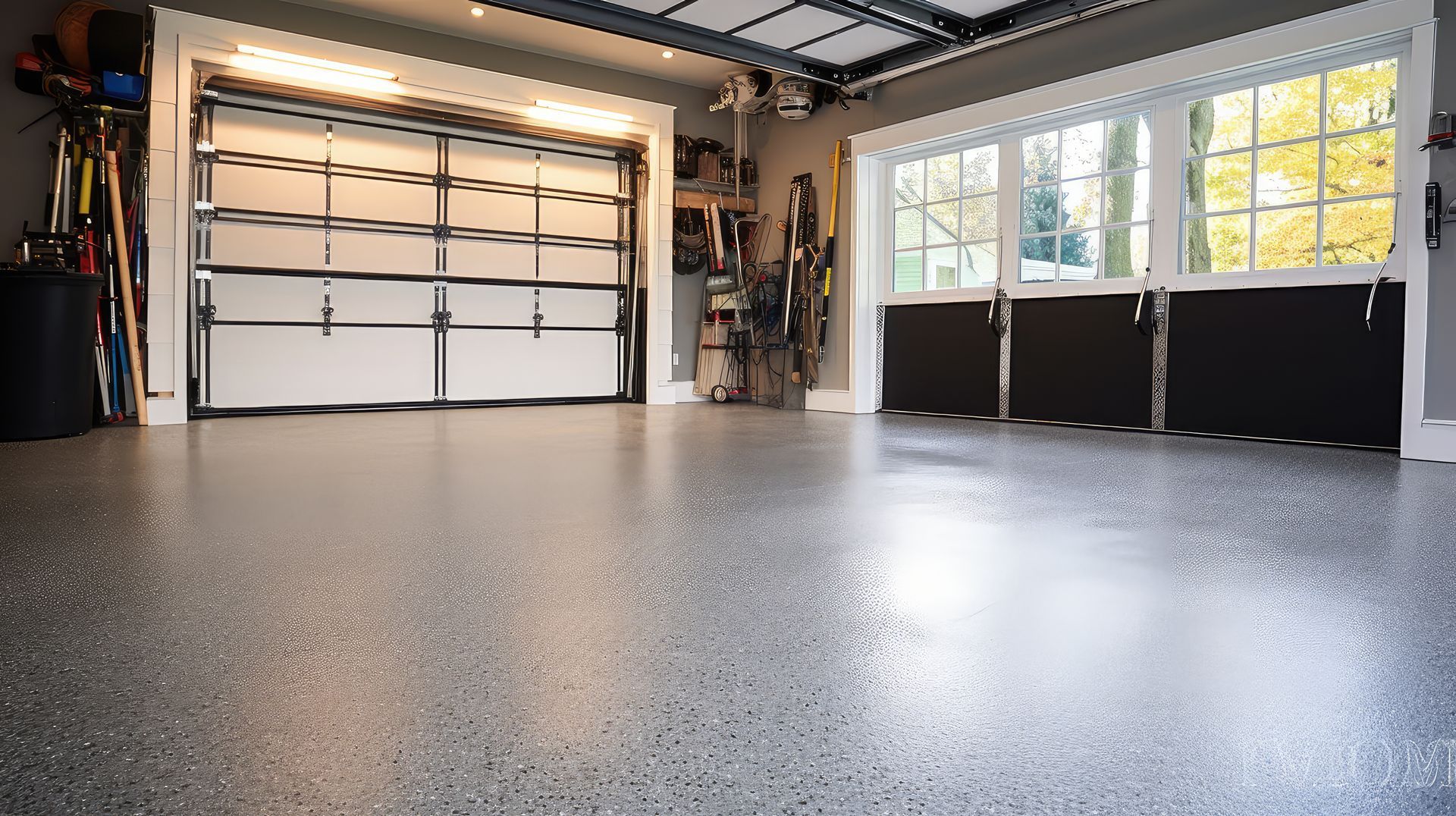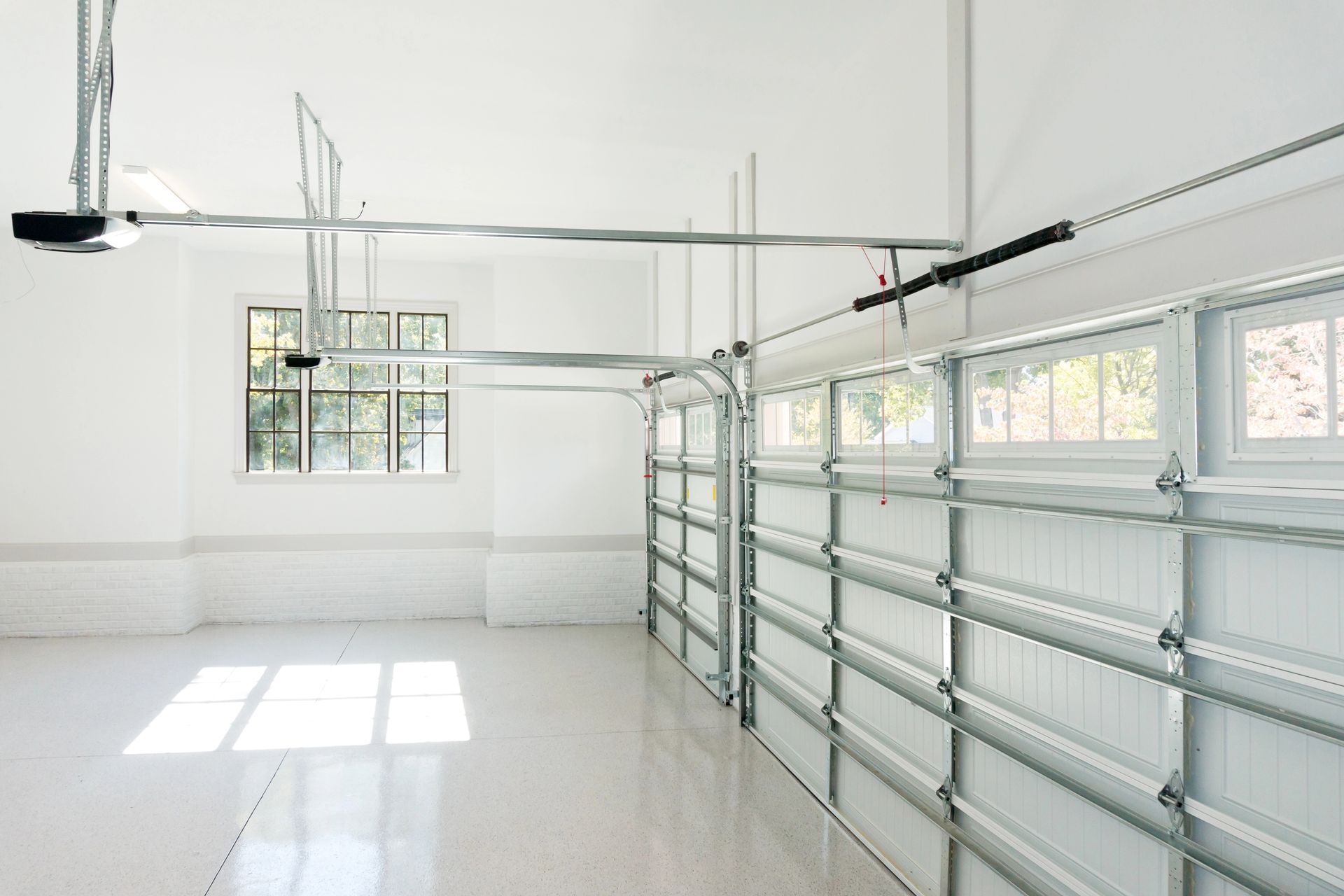Can Your Building’s Paint Affect Its Energy Efficiency?
When it comes to industrial painting , the right coat of paint can make any commercial or industrial space a lot more pleasing to the eye. But it can do even more than that, says PR Commercial Painting, one of Southeast Pennsylvania’s leading commercial painting services companies with over 15 years of industry experience. According to a company spokesperson, paint color is one of the top things that can positively or negatively affect a building’s energy efficiency. And the company couldn’t be more on point in that assertion; just like light or dark clothes reflect or absorb heat, the paint color on a building’s roof or exterior walls can have an enormous say in how much radiant energy that same building absorbs or reflects.
How Investing in the Right Paint Can Save You Money
According to the U.S. Department of Energy (DOE), commercial buildings painted in dark paint colors absorb 70 to 90 percent of the sun’s radiant energy. This high level of energy absorption contributes to warmer building temperatures and much lower energy bills for businesses and property owners. Commercial buildings painted in white, light gray, and other light colors absorb a slightly lower 30 to 60 percent of the sun’s radiant energy. However, they are still very effective in lowering high building temperatures that would otherwise translate to high energy costs. For these reasons, many professional painting services in Royersford PA , including PR Commercial Painting, will encourage business owners and property managers to carefully consider their environment and average temperatures when deciding what color to paint their buildings.
Additional Things to Consider Before Going Forward with a Commercial or Industrial Painting Project
To say not all paint is created equal would be a gross understatement. In addition to colors, business owners and property managers also have to choose between elastomeric, acrylic, latex, or alkyd paints when they decide to paint their commercial or industrial buildings. More often than not, they will have to choose a coating as well. Some of the more common ones used in commercial and industrial painting today include the following:
- Vinyl coating
- Polyurethane coating
- Epoxy coating
- Epoxy mastic coating
- Elastomeric coating
Much like the right paint color, all of these different coatings can help improve a building’s energy efficiency. And this is especially true of elastomeric coatings, which, because they are UV resistant, can help keep heat out of a building in the summer.
Along with choosing the best possible coating and paint color, there is also the matter of choosing between non-heat-reflective and heat-reflective paint. For those who are curious, most commercial painters in Royersford PA , agree that the latter is a far better choice for painting a commercial building’s exterior.
Commercial Painters Explain Why Heat-Reflective Paint Is a Must When Trying to Improve Energy Efficiency
Indeed, a good coating on the exterior surfaces of your commercial building can improve energy efficiency, but so, too, can heat-reflective paint. Much like elastomeric coatings, heat-reflective paint is UV resistant, and as a byproduct of that, these paints block solar rays and the heat energy that would otherwise make the inside of a building very hot. But there are many more reasons why heat-reflective paint is a compelling choice when the time comes to paint a commercial or industrial building. According to many commercial exterior painters in Royersford, PA , heat-reflective paints also offer the following benefits:
Durability – Because heat-reflective paint resists UV fading, you can go much longer between repaints. In fact, several studies show it is entirely possible to go 10 to 15 years before a building needs to be repainted.
Variety – You can choose from many different shades of heat-reflective paint, which means you have complete autonomy in customizing your building’s appearance.
The Sweet Science Behind Heat-Reflective Paint
The benefits of heat-reflective paint have a lot to do with its complex makeup, say commercial exterior painters in Royersford and throughout Pennsylvania. Essentially, heat-reflective paints are just your run-of-the-mill paint fused with tiny spheres or flakes of material, namely glass, glitter, or another additive, such as crystal, for example. This fusion of materials makes regular paint so reflective that the sun’s ultraviolet (UV) rays bounce off the added materials instead of penetrating a building’s surface and generating heat.
Bottom Line In summary, if improved energy efficiency is a top priority, it only makes sense to go with a heat-reflective paint when the time comes to paint your commercial or industrial painting. And the cost of this superior paint is not too much more than its traditional counterpart. To learn more about heat-reflective paint technology and how it contributes to improved energy efficiency, consider contacting PR Commercial Painting today.
The post Can Your Building’s Paint Affect Its Energy Efficiency? appeared first on PR Commercial Painting LLC.


